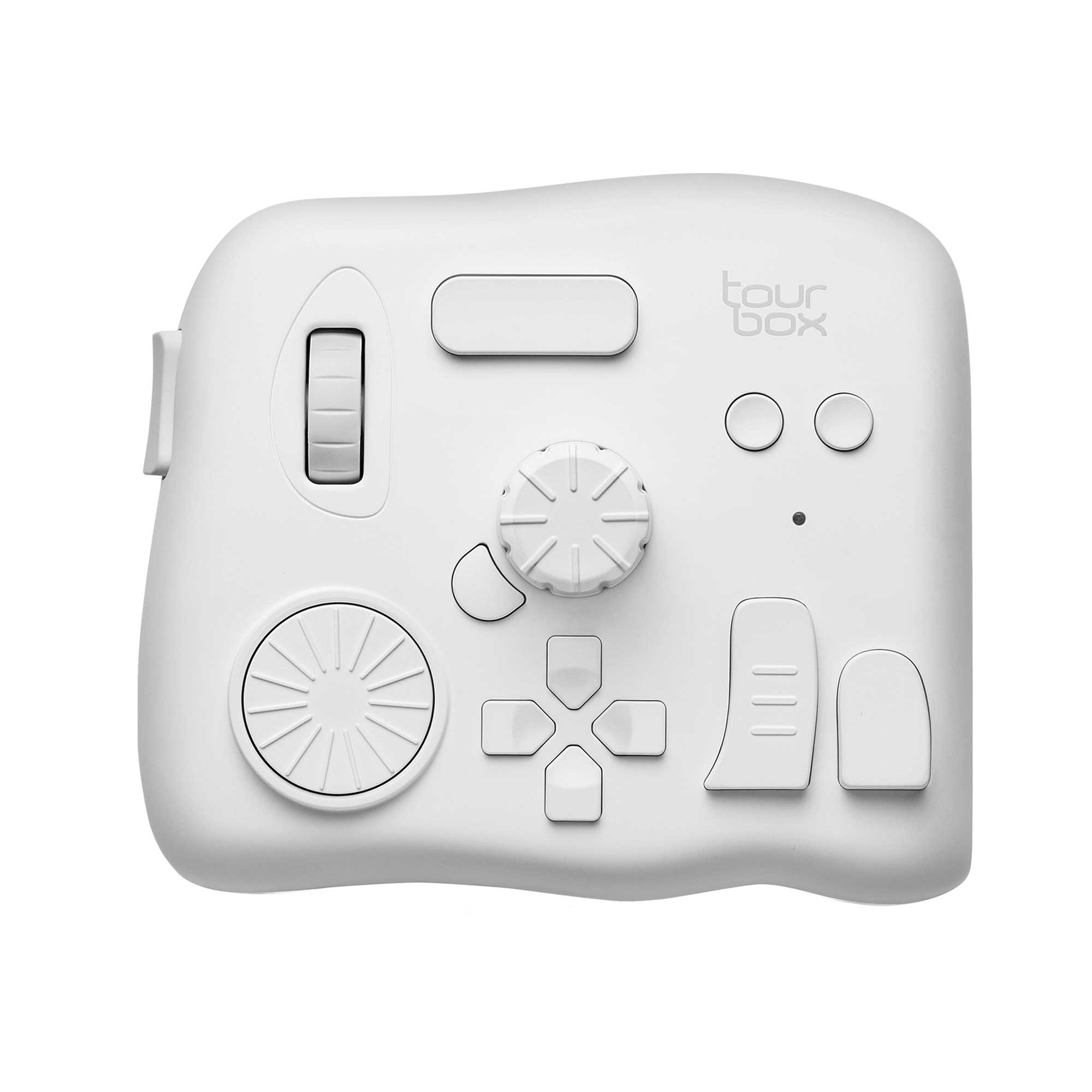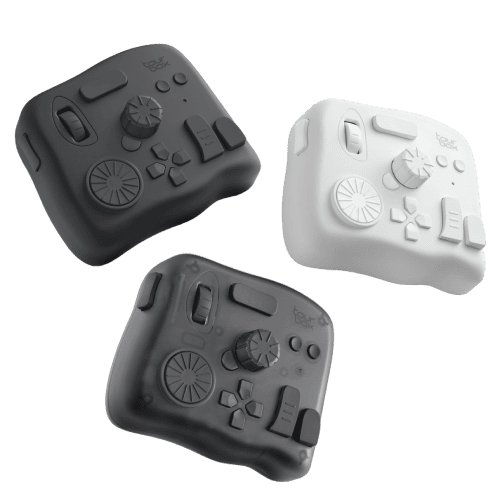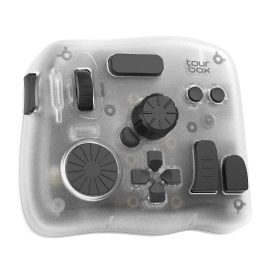What Is a Pixel: A Simple Guide for Photography Enthusiasts
If you're into photography, you've probably heard the word "pixels" a lot.
For example, when shopping for a camera and reading reviews online, you'll often come across details about its pixel count. The number of effective pixels is often considered an important factor when choosing a camera.
But what exactly are pixels? And is having a high pixel count really that important? Let's dive in and find out!

In this article, you will learn:
- What Is a Pixel?
- The Relationship Between Pixels and Photo Sharpness
- The Pros and Cons of High Pixels
- Pixels Don't Equal Image Quality
- Are High Pixels Necessary?
- Misconceptions and Marketing Traps
- Pixels: The Basics and Beyond
What Is a Pixel?
Pixels, short for "Picture Elements," are the smallest building blocks of a digital image.
In digital photography, a photo is made up of countless tiny pixels, each capturing brightness and color information. These pixels come together, like pieces of a puzzle, to create the final image we see.
Think of a photo as a mosaic, and pixels are like the individual tiles that make up the picture.
A photo's resolution is usually expressed by the number of pixels, such as 1920x1080. This means the width is 1920 pixels, and the height is 1080 pixels, totaling 2.07 million pixels (around 2MP).
It's easy to check a photo's pixels. Just zoom in far enough, and you'll start to see tiny square blocks — that's what pixels are.
![]()
The Relationship Between Pixels and Photo Sharpness
In theory, the higher the pixel count, the higher the resolution, and the more detail a photo can show. However, sharpness isn't determined by pixel count alone. Several other factors play a key role:
- Lens Quality: The lens is like the "eye" of a camera's imaging system. A high-quality lens can reduce distortion, chromatic aberration, and blurriness, resulting in sharper photos. Even a camera with a high pixel count can produce blurry images if the lens performance is poor.
- Focusing and Shooting Technique: Sharpness also depends on accurate focusing and proper shooting techniques. If the focus is off or the wrong shutter speed is used, the photo can end up blurry. For example, in low-light conditions, a slow shutter speed combined with hand movement can lead to a blurry shot.
- Sensor Quality and Size: The sensor not only determines the pixel count but also affects color accuracy and noise levels in photos. Generally, a larger sensor offers better dynamic range and noise control. For instance, a full-frame sensor captures more light and delivers higher-quality images compared to APS-C or smartphone sensors.
Many beginner photographers complain that their photos aren't sharp because their camera has low pixels. However, the real issue is often incorrect operation.
In fact, if your camera was released in the last five years, low pixel count is rarely the reason for blurry photos.
![]()
The Pros and Cons of High Pixels
1. Advantages of High Pixels
- More Detail: High-pixel cameras are great for capturing fine details, making them ideal for landscape or product photography. They also allow you to crop images without losing sharpness.
- Better for Large Prints: If you need to print posters or large photos, high-pixel images offer a noticeable clarity advantage.
2. Limitations of High Pixels
- Larger File Sizes: High-pixel photos take up more storage and can slow down processing, especially during editing. This requires a computer with good performance.
- Higher Demands on Lenses and Technique: High-pixel cameras can highlight lens flaws and amplify issues like camera shake. To get the best results, you need a high-quality lens and steady shooting techniques.
Pixels Don't Equal Image Quality
A camera's image quality is determined by many factors, and pixels are just one piece of the puzzle. The key factors that affect image quality include:
- Sensor Dynamic Range: This measures how well a camera captures details in both highlights and shadows.
- Image Processor: The processor handles the data from the sensor, impacting color, sharpness, and noise reduction in photos.
- Lens Quality: A high-quality lens reproduces details more accurately and prevents image degradation.
Cameras are complex devices, so it's impossible to judge them by a single spec or number.
While pixels are important and do influence image quality, they're not the sole factor. More pixels don't automatically make a camera better. For beginners, we don't recommend choosing a camera based only on pixel count.
Are High Pixels Necessary?
With some smartphones boasting over 100 megapixels, it feels like the demand for higher camera pixels keeps growing — 20MP, 30MP, 40MP, and beyond.
But here is a fun fact: a single frame of the 4K video everyone loves is only about 8 megapixels.
So, if 4K videos don't look blurry to you, a camera with around 20MP is more than enough for most people.
Of course, high pixels have their advantages, especially in these scenarios:
- Commercial and Product Photography: When you need fine details and large prints.
- Landscape Photography: To capture the intricate beauty of nature.
- Cropping Needs: Like in wildlife photography, where you might crop for better composition.
If you're a beginner or a hobbyist, there's no need to make pixel count your top priority when choosing a camera. Instead, focus on usability, lens quality, and overall performance — they often matter more than just pixels.
![]()
Misconceptions and Marketing Traps
Many smartphone and camera brands promote high pixel counts to attract buyers, using phrases like "100MP smartphone." This often leads people to believe that higher pixels automatically mean better photo quality.
In reality, higher pixels typically require larger sensors. Due to the small sensor size in phones, even with more pixels, the improvement in image quality is limited. In fact, in low-light conditions, higher pixels can lead to more noise.
For example:
- The iPhone may have a lower pixel count compared to some Android phones, but its excellent sensor and algorithm optimization produce high-quality photos.
- The Canon EOS R6, with its 20MP resolution, outperforms many high-pixel cameras in areas like dynamic range and noise control.
High pixels are not the sole determinant of image quality — other factors like sensor size, processing, and optimization often matter more.
Pixels: The Basics and Beyond
Pixels are the fundamental units of digital images, affecting resolution and detail. However, the sharpness of a photo and the overall image quality of a camera depends on more than just pixels. Factors like the sensor, lens quality, and shooting technique all play a crucial role.
For photography enthusiasts, chasing higher pixel counts blindly isn't the best approach. Instead, choose equipment that suits your actual needs and focus on improving your photography skills.
In post-processing, precise adjustments and efficient workflows can also elevate your photos to the next level. If you're looking to streamline your editing process, consider TourBox, a creative console designed for photographers and digital artists.

TourBox simplifies complex tasks like color grading and retouching, allowing you to spend more time creating and less time fiddling with small details.

That wraps up our article on what is a pixel — hope you found it helpful! If you're interested in TourBox and often work on an iPad, the TourBox Elite Plus might be a great choice to make your post-processing smoother and more efficient.